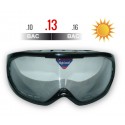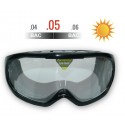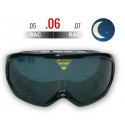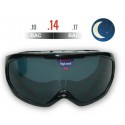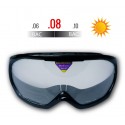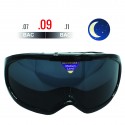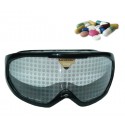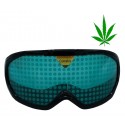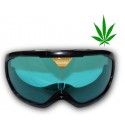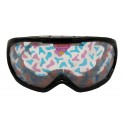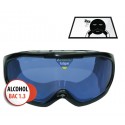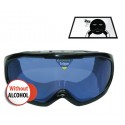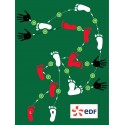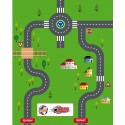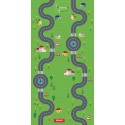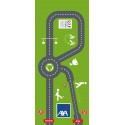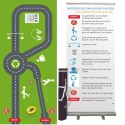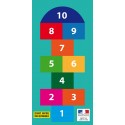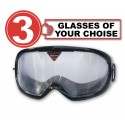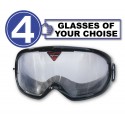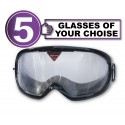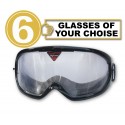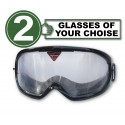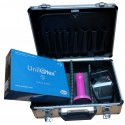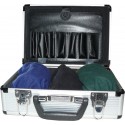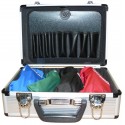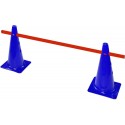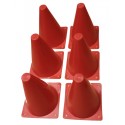Product successfully added to your shopping cart
There are 0 items in your cart. There is 1 item in your cart.
Drugs impairment goggles
103-101-00010
The Alcovista® Drug Goggle simulates many of the effects of using illegal drugs or overdosing on prescription medication, including disorientation, altered space perception, vertigo, lack of concentration, image distortion, memory problems, and feelings of euphoria.
More information: ALCOVISTA
With each window included 1 microfiber bag and 1 microfiber lens cleaner.
Volume discounts
| Quantity | Discount | You Save |
|---|---|---|
| 2 | 2,00 € | Up to 4,00 € |
| 3 | 4,00 € | Up to 12,00 € |
| 4 | 6,00 € | Up to 24,00 € |
| 5 | 8,00 € | Up to 40,00 € |
| 6 | 10,00 € | Up to 60,00 € |
More info
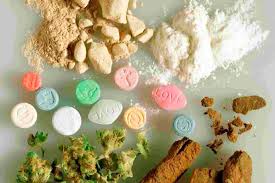
Driving whilst under the influence of drugs is extremely dangerous and can affect driving in numerous ways.
Drug drivers can suffer from slower reaction times, erratic and aggressive behaviour, an inability to concentrate properly, nausea, hallucinations, panic attacks, paranoia, tremors (or ‘the shakes’) dizziness and fatigue. In such a condition, it is a bad idea to be behind the wheel of a car, for the driver and their passengers.
During the phase whilst the effects of drugs are wearing off, the taker may feel fatigued, which will affect their concentration whilst driving.
ECSTASY/MDMA
Although it’s not a drug that makes people violent, it is extremely dangerous to drive on ecstasy because it results in:
- Distorted vision
- Heightened sounds
- Increased fatigue and tiredness
- Affected perception and judgement of risks
- A more aggressive attitude
- Day-after effects similar to cocaine, leading to distraction, drowsiness and inattentive driving.
AMPHETAMINE (SPEED)
Speed is a stimulant which can make you feel more awake and alert. Users may feel more confident. However, it creates a feeling of loss of coordination. It will make people less likely to react on time to potential dangers. The effects can last up to several hours depending on how it was taken, and from person to person.
The specific effects of driving on Speed are:
- Headaches and dizziness
- Irregular heartbeat and breathing
- Irritability, restlessness and anxiety as the effects wear off
- After an initial alertness, the user can experience sleeping problems, exhaustion and fatigue
LSD
LSD severely distorts senses and perceptions creating visual hallucinations and making someone feel detached from reality. Driving after taking LSD is extremely dangerous and the effects can last up to 12 hours. A 'bad trip' can be frightening and you can experience terrifying thoughts and feelings.
The specific effects of driving on LSD are:
- Hallucinations
- Confusion and distrust of the user’s own senses
- Poor coordination and control
- Tremors and twitching
- Increased anxiety
- Flashbacks can also occur in the following weeks and months
KETAMINE
Ketamine is a 'disassociative' anaesthetic. This means it causes a sense of being separated from the world around you, as well as sedating you and dulling pain like a normal anaesthetic. Ketamine cannot kill you from overdose in the way other drugs like heroin can but it has been implicated in an increasing number of accidental deaths, such as drowning or falling from buildings, because users are simply not aware of what is going on around them.
The specific effects of driving on ketamine are:
- Distorted perceptions and hallucinations
- At higher doses - becoming completely unresponsive to the outside world
- Impaired coordination
- Drastically slowed reaction times
GAMMA HYDROXYBUTYRATE (GHB)
Depending on the dose, GHB acts as both a sedative and a stimulant, with the effects lasting for several hours. At low doses, GHB can cause euphoria and increased sociability. At higher doses, GHB can cause rapid loss of consciousness and other side effects. GHB impairs motor coordination and mental alertness, leading to the inability to concentrate, judge speed or distance and drive in a straight line. The police can easily spot those signs. As such, driving while under the influence of GHB significantly increases the likelihood of road accidents and hospitalisation.
The specific effects of driving on GHB are:
- Rapid loss of consciousness and sudden sleepiness
- Vomiting, amnesia, respiratory depression and visual disturbances
- Slurred speech, jerky body movements, dilated pupils, spitting, lack of balance
- Inability to focus leading to erratic driving.
USING MORE THAN ONE DRUG
People often take more than one drug or mix drugs with alcohol. For example, a stimulant like cocaine to ‘sharpen up’ after having alcohol or cannabis. In fact, combining drugs can have a dramatic and unpredictable effect on a user's state and driving.

